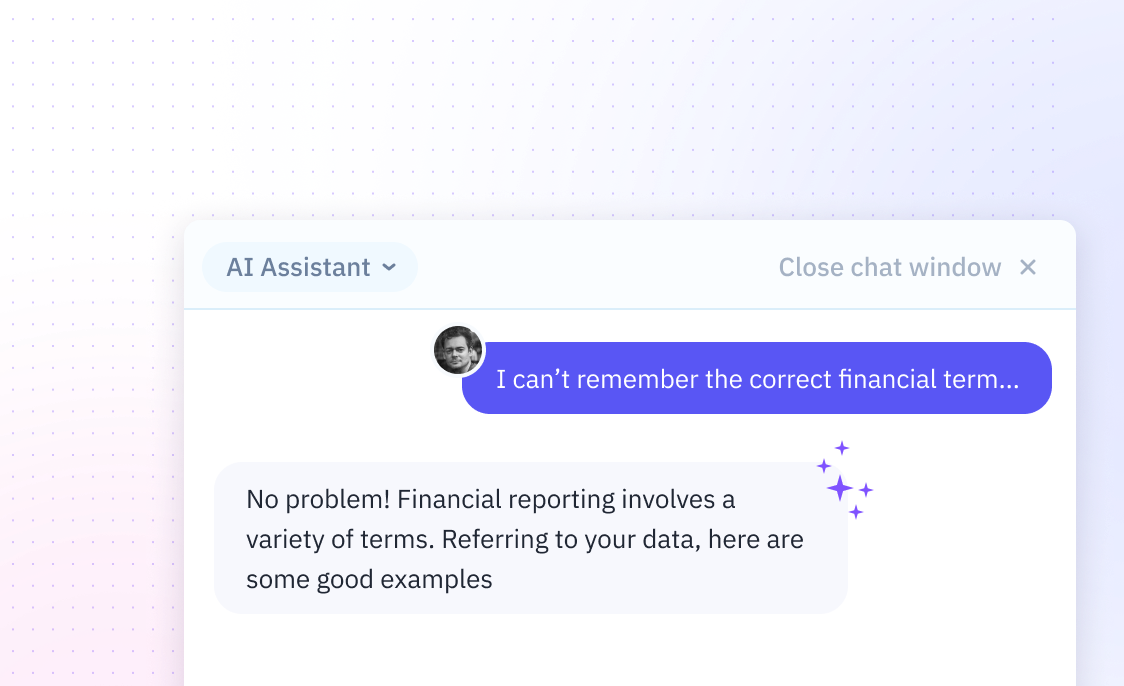
How To Cross Reference In Excel
Introduction
Cross-referencing in Excel allows users to link data across multiple sheets, enabling efficient data management and analysis. While this functionality is essential for data work, it often requires complex formulas and manual setup.
This guide explains cross-referencing in Excel, but we'll also explore how Sourcetable's AI chatbot can eliminate the need for manual cross-referencing by letting you instantly analyze data, create visualizations, and perform complex operations through simple conversation - try Sourcetable now to experience the future of spreadsheet analysis.
How to Cross Reference in Excel
Excel allows users to cross-reference data between cells, worksheets, and workbooks. Cross-referencing enables users to use cell values in other locations without manually entering data, making calculations more efficient.
Using VLOOKUP Function
The VLOOKUP function is the primary tool for cross-referencing data between spreadsheets. This function contains four essential elements: Lookup Value, Table Array, Col Index Num, and Range Lookup.
VLOOKUP works by matching data from one list to another. For example, you can use phone numbers in column A of two different sheets to merge corresponding information. Set Range Lookup to 'FALSE' for exact matches.
Cross-Referencing Options
Excel provides multiple cross-referencing capabilities:- Cross-reference cells within the same worksheet- Cross-reference between different worksheets- Cross-reference between different workbooks- Reference cell ranges in sequential order- Reference named cells
Data Organization
To effectively cross-reference data, organize information in clear rows and columns. When merging data between sheets, place matching values (like phone numbers) in column A of both sheets, with corresponding information in adjacent columns.
Excel Cross-Reference Use Cases
Consolidating Financial Data from Multiple Worksheets
Financial analysts can seamlessly combine data from various financial statements, budgets, and expense reports. This allows for comprehensive financial analysis and reporting across departments or business units.
Tracking Inventory Across Multiple Locations
Warehouse managers can monitor stock levels across different facilities in real-time. This enables efficient inventory management and helps prevent stockouts while optimizing storage capacity.
Analyzing Monthly Sales Trends
Sales managers can compare sales data across different time periods to identify patterns and seasonal trends. This information is crucial for forecasting and strategic planning.
Coordinating Project Timelines with Staff Availability
Project managers can align team members' schedules with project deadlines and milestones. This ensures optimal resource allocation and helps prevent scheduling conflicts.
Managing Multi-Campaign Customer Data
Marketing teams can merge and analyze customer information from different marketing campaigns. This creates a unified view of customer interactions and helps measure campaign effectiveness.
Excel vs. Sourcetable: The Future of Spreadsheets
While Excel has been the go-to spreadsheet solution for decades, Sourcetable represents a revolutionary shift in how we work with data. Sourcetable is an AI-powered spreadsheet that eliminates the complexity of traditional spreadsheet tools by allowing users to create, analyze, and visualize data through natural conversation with an AI assistant.
Simplified Workflow
Excel requires manual formula input and feature navigation, making it time-consuming to perform complex tasks. Sourcetable lets you simply tell its AI chatbot what you want to accomplish, and it handles the technical details automatically.
Data Analysis
Unlike Excel's function-based approach, Sourcetable allows users to analyze data of any size by simply describing their analytical needs to the AI. Whether you're working with uploaded files or connected databases, Sourcetable transforms complex analysis into simple conversations.
Visualization and Reporting
While Excel requires manual chart creation and formatting, Sourcetable's AI can instantly generate stunning visualizations based on your data and requirements. Simply describe the visualization you want, and Sourcetable creates it.
Data Integration
Sourcetable seamlessly handles files of any size and connects directly to databases, making it more powerful than Excel's limited import capabilities. Sign up at Sourcetable to experience how AI can answer any spreadsheet question.
Frequently Asked Questions
What is cross-referencing in Excel?
Cross-referencing in Excel is a feature that creates links between different parts of a document, allowing you to connect and reference data across worksheets and link to specific items like charts or graphics.
How do I create a cross-reference table using Power Query?
To create a cross-reference table: 1) Select your table 2) Use Data>Get & Transform Data>From Table/Range 3) Open Power Query Editor 4) Select the column to cross-reference 5) Use Home>Transform>Group By command to create the cross-reference table.
How can I populate data from one Excel sheet to another using cross-referencing?
You can populate data between sheets by using phone numbers in column A of both sheets as reference points. Place the phone numbers in column A of the main worksheet and the corresponding information from the other worksheet in the adjacent columns.
Conclusion
Cross referencing in Excel requires understanding VLOOKUP, INDEX MATCH, and XLOOKUP functions. These formulas can be complex for new users.
Sourcetable eliminates the need to memorize complex Excel formulas. The AI chatbot can guide you through cross referencing tasks instantly.
Skip the Excel learning curve and try Sourcetable today.






